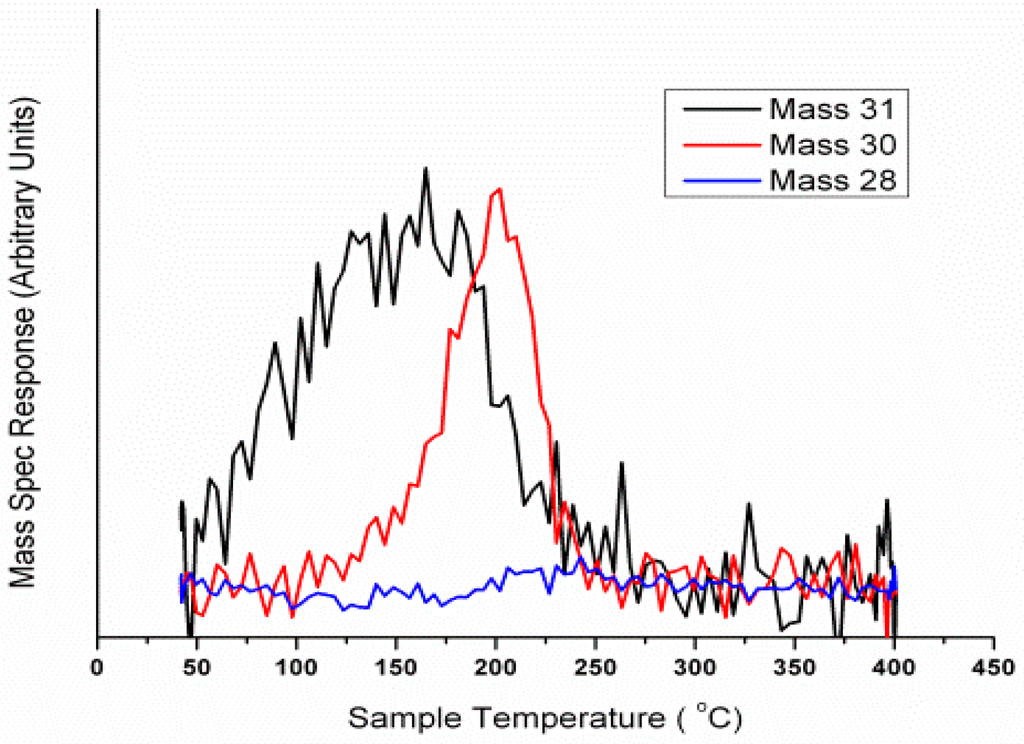
Authors (3): C. Brookes, M. Bowker, P. P. Wells
Themes: BAG DOI: 10.3390/catal6070092
Citations: 42
Pub type: article-journal
Pub year: 2016
Publisher: MDPI AG
Issue: 7
License: https://creativecommons.org/licenses/by/4.0/
Publication date(s): 2016/06/23 (online)
Pages: 92
Volume: 6 Issue: 7
Journal: Catalysts
Link: http://www.mdpi.com/2073-4344/6/7/92/pdf
URL: http://dx.doi.org/10.3390/catal6070092In industry, one of the main catalysts typically employed for the selective oxidation of methanol to formaldehyde is a multi-component oxide containing both bulk Fe2(MoO4)3 and excess MoO3. It is thought that the excess MoO3 primarily acts to replace any molybdenum lost through sublimation at elevated temperatures, therefore preventing the formation of an unselective Fe2O3 phase. With both oxide phases present however, debate has arisen regarding the active component of the catalyst. Work here highlights how catalyst surfaces are significantly different from bulk structures, a difference crucial for catalyst performance. Specifically, Mo has been isolated at the surface as the active surface species. This leaves the role of the Fe in the catalyst enigmatic, with many theories postulated for its requirement. It has been suggested that the supporting Fe molybdate phase enables lattice oxygen transfer to the surface, to help prevent the selectivity loss which would occur in the resulting oxygen deficit environment. To assess this phenomenon in further detail, anaerobic reaction with methanol has been adopted to evaluate the performance of the catalyst under reducing conditions.
There are no objects associated to this publication
<< Previous Back Next >>